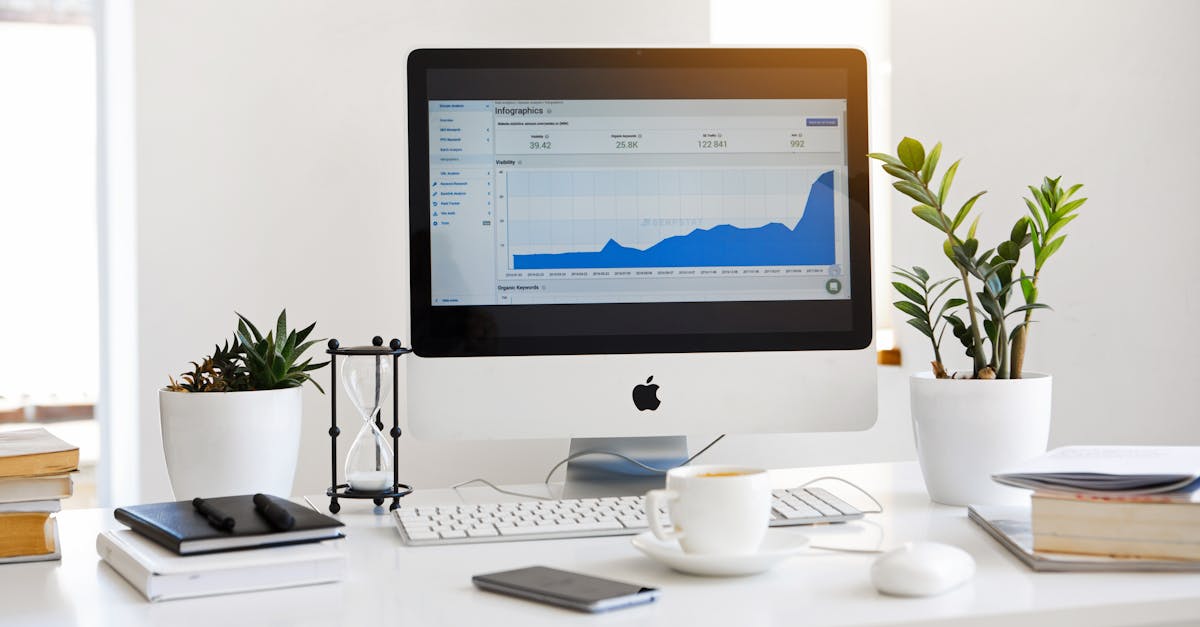
April 14th, 2025


Written by Bobby Abrams
In today’s fast-paced digital marketplace, the way we manage our Google Shopping campaigns can make or break our growth strategies. At EClickPro, we understand the challenges of juggling numerous campaigns, data points, and optimization strategies to consistently drive performance. In this blog, we share five innovative ways to streamline Google Shopping management for consistent growth, combining advanced automation, deep data insights, and process integration to help your business thrive.

Manual bid management and negative keyword refinement can be time-consuming and labor-intensive, especially when managing extensive product catalogs. Automation tools can do the heavy lifting by:
Set automated rules based on conversion data, time of day, or device type. This capability allows you to allocate your budget more efficiently and optimize your bids to stay competitive.
Regularly update your negative keyword list using tools that monitor search query data. This prevents wasted spend on irrelevant searches and refines your traffic quality over time.
Automation platforms can alert you instantly when performance metrics dip, enabling quick adjustments before losses accumulate.
By embracing these automation strategies, marketing directors and e-commerce managers can focus on high-level strategy rather than getting bogged down in tedious tasks. It’s all about enhancing efficiency, reducing human error, and freeing up time for strategic decisions.
Data is at the heart of every successful Google Shopping campaign. When properly harnessed, analytics can turn raw numbers into actionable insights. Consider these approaches:
Create dashboards that integrate data from Google Ads, Analytics, and your e-commerce platform. This consolidated view helps you track key performance indicators (KPIs) such as click-through rates, conversion rates, and return on ad spend (ROAS).
Break down your performance data by product category, geographic location, or device type. This segmentation allows you to pinpoint exactly where your budget is most effective and where adjustments are needed.
Use historical data to forecast trends and seasonality. This ensures you’re not caught off guard by market shifts, and you can proactively adjust bids and budgets before saturation or demand spikes occur.
Implementing structured data analytics not only improves transparency but also drives real decision-making that impacts growth. By investing in the right tools and expertise, you can ensure your campaigns remain agile and impactful even in an ever-changing market landscape.

The foundation of a successful Google Shopping campaign is a well-optimized product feed. Ensuring that your product data is accurate, comprehensive, and up-to-date can significantly impact performance. Here’s how you can optimize feed management:
Invest time in enhancing your feed by including detailed product titles, rich descriptions, high-resolution images, and up-to-date pricing. This level of detail helps improve ad relevance and quality score.
Establish protocols to review and update your feed regularly. Frequent audits help identify discrepancies, outdated information, or missing data points that may derail your campaigns.
Use standardized formats (such as XML or CSV) that comply with Google’s Feed Specifications. Clean, well-structured data ensures smooth integration with Google’s systems and optimal product listings.
Leverage tools that automatically update your product feeds based on real-time inventory levels and pricing changes. Automation minimizes errors and ensures consistency across your campaigns.
Accurate feed optimization not only improves ad relevance but also enhances user experience by ensuring that potential customers see the most current and compelling information about your products.
Efficiency in managing Google Shopping campaigns isn’t just about isolated tasks—it’s about the synergy between various processes and tools. Seamless workflow integration allows you to:
Integrate your e-commerce platform, CRM, and advertising tools to create a centralized management system. This integration simplifies data flow, reducing manual interventions and improving campaign accuracy.
Leverage APIs to feed real-time data from your inventory and pricing systems directly into your Google Shopping campaigns. This ensures that your ads always reflect the most accurate product information, reducing the chances of clickbait impressions and disappointed customers.
Use project management and automation tools to align your team’s efforts. Automated alerts, task assignments, and reporting routines ensure that everyone stays on track, reducing miscommunication and delays.
Foster better communication between your in-house team and digital marketing experts. With integrated workflows, feedback from performance insights can be rapidly implemented, driving continuous improvement.
By integrating workflow across platforms, you reduce time spent on manual processes and improve overall campaign efficiency. This holistic approach ensures all moving parts work in tandem, resulting in smoother operations and consistent growth.

Advanced reporting goes far beyond basic performance metrics—it gives you the competitive edge by highlighting trends, dropping insights, and providing actionable recommendations. Here’s how to build a robust reporting ecosystem:
Develop tailored metrics that align closely with your business goals. Instead of relying solely on generic KPIs, focus on metrics that reveal deeper insights into customer behavior and campaign performance.
Implement dashboards that provide real-time updates. The ability to monitor campaign performance as changes occur means you can pivot strategy immediately when necessary.
Utilize visualization tools to transform raw data into comprehensible, easy-to-digest charts and graphs. Visual analytics can reveal patterns that are not immediately apparent from numbers alone.
Go beyond the metrics by incorporating qualitative insights from your team’s experiences. These insights, when combined with hard data, can guide future strategies and continuous improvements.
Advanced reporting is essential for staying ahead in a competitive market. By focusing on both quantitative and qualitative factors, businesses can create a comprehensive view of campaign performance and strategically direct their growth efforts.

Streamlining Google Shopping management isn’t about quick fixes—it’s a holistic approach that requires automation, robust data analysis, efficient feed management, seamless integration, and advanced reporting. By taking these five innovative steps, you can drive efficiency, reduce wasted spend, and ultimately increase revenue through consistently optimized campaigns.
At EClickPro, we partner with businesses to apply these principles in real-world scenarios. Our team of experts, with deep backgrounds in Google Shopping and digital marketing, is committed to helping you implement streamlined strategies and drive measurable results. We invite you to explore our services and learn how we can accelerate your growth with a tailored digital marketing strategy. Discover more about our services and take the first step towards transforming your Google Shopping campaigns today.

Bobby Abrams specialises in helping businesses achieve better results. With a decade of sales and consulting experience, he has worked with hundreds of companies across different sectors. Bobby is passionate about using the latest technology to shape strategy and works closely with expert teams to deliver impactful projects on behalf of his clients.
The information on this website is for general guidance only. EclickPro provides digital marketing services including SEO, Google Shopping, and Meta Ads, but results vary by client and are not guaranteed. We do our best to ensure accuracy, but we do not accept liability for actions taken based on this content. For personalised advice, please contact us directly.